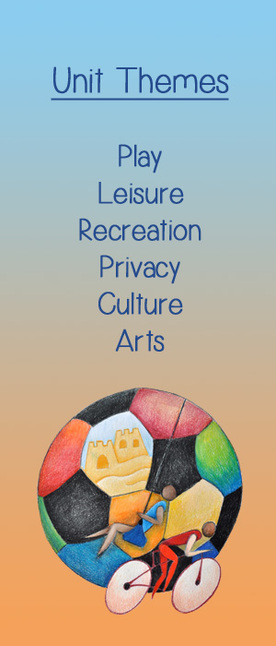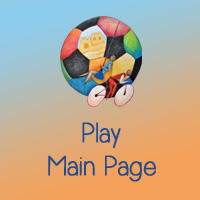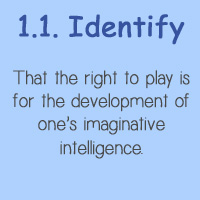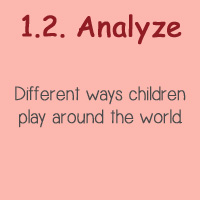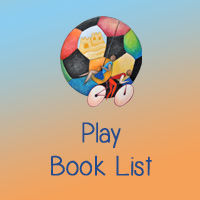Classroom Learning Activities
1. Information to come
Relevant Convention Articles
Article 31
1. States Parties recognize the right of the child to rest and leisure, to engage in play and recreational activities appropriate to the age of the child and to participate freely in cultural life and the arts.
2. States Parties shall respect and promote the right of the child to participate fully in cultural and artistic life and shall encourage the provision of appropriate and equal opportunities for cultural, artistic, recreational and leisure activity.
1. States Parties recognize the right of the child to rest and leisure, to engage in play and recreational activities appropriate to the age of the child and to participate freely in cultural life and the arts.
2. States Parties shall respect and promote the right of the child to participate fully in cultural and artistic life and shall encourage the provision of appropriate and equal opportunities for cultural, artistic, recreational and leisure activity.
Online Resources and References
Canadian Coalition for the Rights of Children (2011): Children's Right to Rest, Play, Recreation, Culture, and the Arts
Play = Learning: Yale University Conference on Play by Singer, Dorothy, Golinkoff, Roberta, and Hirsh-Pasek, Kathy
Play = Learning: Yale University Conference on Play by Singer, Dorothy, Golinkoff, Roberta, and Hirsh-Pasek, Kathy
